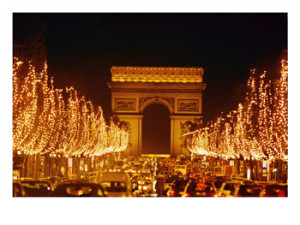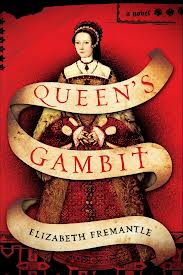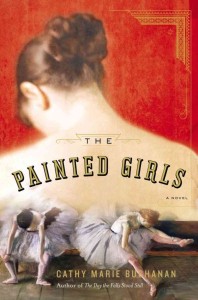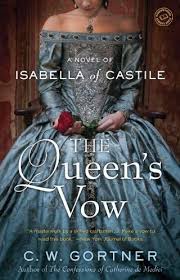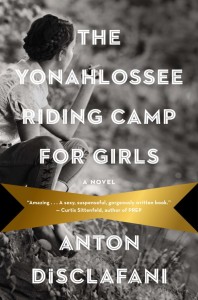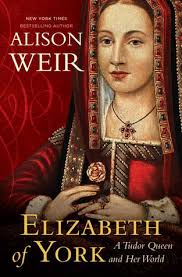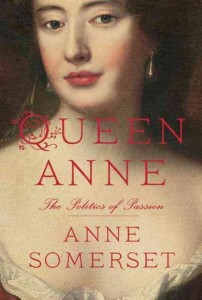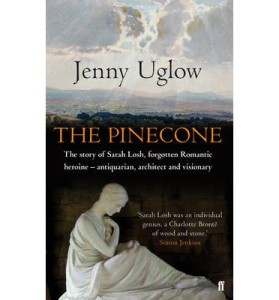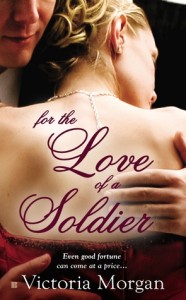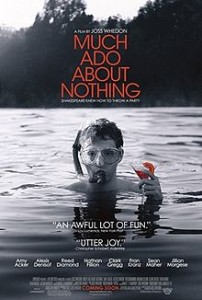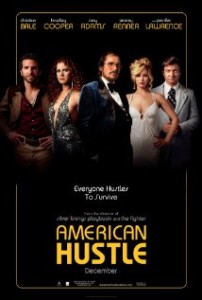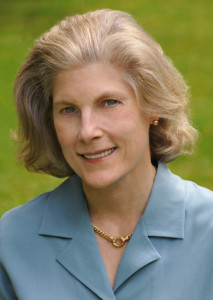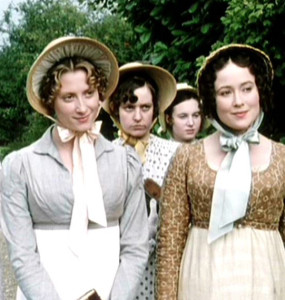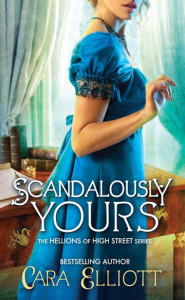Happy birthday week, Jane Austen!!! She would be 238, but I think she looks much, much younger–and so do her books. 🙂 All this week we’re going to be celebrating the big day with fun posts and great prizes. I have a set of Austen notebooks to give away, plus will throw in a copy of either my December Harlequin Historical release, Running From Scandal, or an ebook of my Regency Christmas novella A Partridge in a Pear Tree (or both!!)
December 16 is a big birthday in history. Not only was Austen born then, but so was Beethoven. And Katherine of Aragon. And my own mom! There were also two other English women authors, from around Austen’s time though not as well known as her.
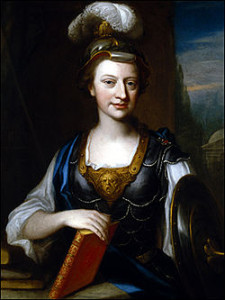 Elizabeth Carter, poet, translator, and member of the Bluestocking Circle, was born Dec. 16, 1717. Like Jane, she was the daughter of a clergyman, from Deal. Her father encouraged her in her love of study, and she learned Greek, Latin, Hebrew, Arabic and the sciences at a young age. She made a tidy little fortune on her translations, especially her 1756 Works of Epicetus, which earned her 1000 pounds on subscription. She was friends with Samuel Johnson, sometimes editing his periodical The Rambler, as well as sister bluestockings like Hannah More and Eliza Montagu. Emma Hamilton called her “[as] I imagine, the most learned female who ever lived”. But Francis, Lord Napier, wrote to Emma calling Carter “”a fine old Slut, though bearing not the least resemblance to a Woman. She had more the appearance of a fat Priest of the Church of Rome than an English woman.” (eek!) She died in 1806.
Elizabeth Carter, poet, translator, and member of the Bluestocking Circle, was born Dec. 16, 1717. Like Jane, she was the daughter of a clergyman, from Deal. Her father encouraged her in her love of study, and she learned Greek, Latin, Hebrew, Arabic and the sciences at a young age. She made a tidy little fortune on her translations, especially her 1756 Works of Epicetus, which earned her 1000 pounds on subscription. She was friends with Samuel Johnson, sometimes editing his periodical The Rambler, as well as sister bluestockings like Hannah More and Eliza Montagu. Emma Hamilton called her “[as] I imagine, the most learned female who ever lived”. But Francis, Lord Napier, wrote to Emma calling Carter “”a fine old Slut, though bearing not the least resemblance to a Woman. She had more the appearance of a fat Priest of the Church of Rome than an English woman.” (eek!) She died in 1806.
Mary Russell Mitford was also born December 16, 1787. Her life could almost have been the subject of a novel as well, since she was a put-upon, long-suffering heroine! Her father, a doctor, managed to blow through the fortune his parents left me, plus an astonishing 20,000 pounds Mary drew as a lottery prize when she was ten years old. They had to sell their comfortable properties and move from rental to rental, penniless, until Mary was old enough to make money on her writings. She worked in many mediums (drama, poetry, novels, translations), and was prolific and popular, but her earnings couldn’t keep up with her father’s spending.
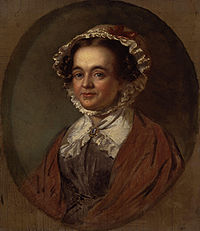 Her most popular works were a series of stories called Our Village, published between 1824 and 1835. Lucky for her, her friends (among them the Brownings) secured a civil list pension for her in 1837 and her father died soon after, leaving her to retire to a comfortable cottage in Swallowfield. She died there in 1855.
Her most popular works were a series of stories called Our Village, published between 1824 and 1835. Lucky for her, her friends (among them the Brownings) secured a civil list pension for her in 1837 and her father died soon after, leaving her to retire to a comfortable cottage in Swallowfield. She died there in 1855.
Who are some of your favorite writers, besides Austen??? How would you celebrate her birthday this week??

